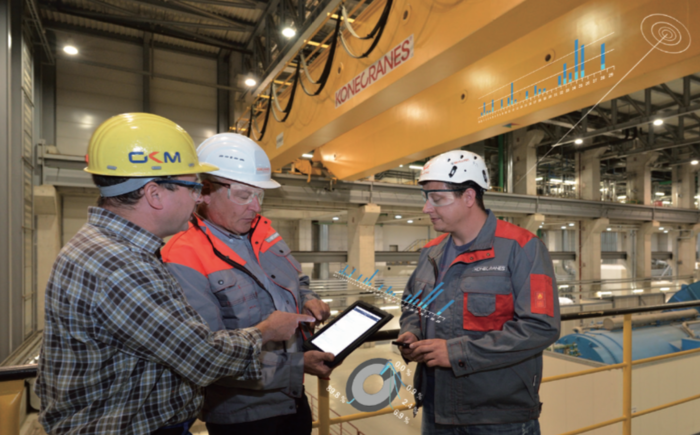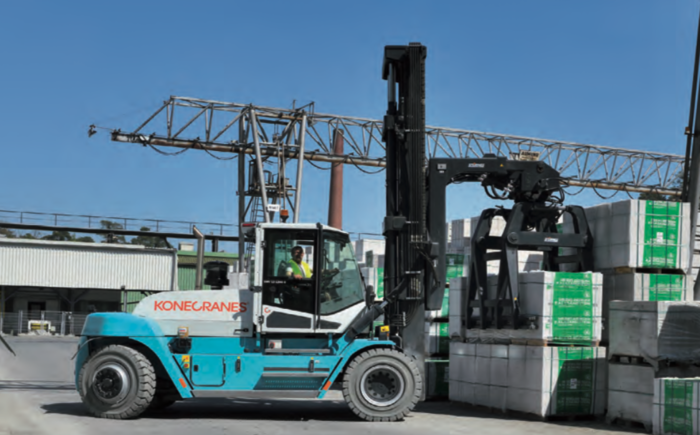David Hermanowski - Technical Trainer, Konecranes Service
The mechanical load brake is a key component of crane safety. It serves as a secondary braking mechanism of the crane hoist, controlling the lowering speeds of rated loads and preventing loads from free falling. As an alternative, some cranes have an electrical load brake, which serves the same function.
In addition, the mechanical load brake is designed to assist the motor holding brake to hold the load in place when the hoist motor stops running, but if the holding brake should not set the mechanical load brake will stop and hold the load or at least allow the load to slowly descend at a controlled rate of speed.
All of the torque of a hoist motor is applied to lifting loads. In the lowering phase, however, gravity takes over, and the mechanical load brake is in place to counteract the gravitational pull to ensure a safe, controlled descent of the load.
As a secondary brake, the role of the mechanical load brake is limited, but is still essential for the safety of operators as well as the equipment. For this reason, regular inspections and maintenance are critical.
The best piece of advice for maintaining load brakes is to follow original equipment manufacturer (OEM) specifications. Maintenance guidelines vary from one OEM to another. Some require a teardown of the gearbox to permit a thorough inspection. Others call for an annual load test to check the functionality of the load brake – in some cases specifying a test at 25 percent of the rated capacity and others recommending at least an 80 percent load.
I have also conducted near-rated-capacity load tests in which the load is lifted just a few inches off the floor. With the load In this position, the holding brake – a disc brake or shoe brake – is manually released to see if the mechanical load brake holds the load or at least keeps the descent at a safe, controlled rate. However, if the load freefalls, we know the brake is under capacity and will require a rebuild or a good cleaning.
Not following OEM recommendations can result in premature wear of your load brake. It is especially important to follow OEM instructions for changing the gearbox oil. Some say every six months, while others say annually. Some recommend using automatic transmission fluid. Others say 30-40 or 80-90 weight gear oil. And some even require using extreme pressure (EP) additives.







